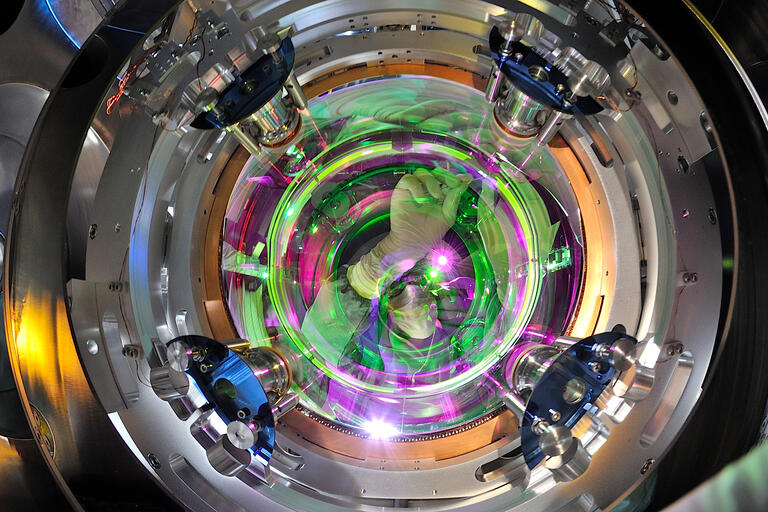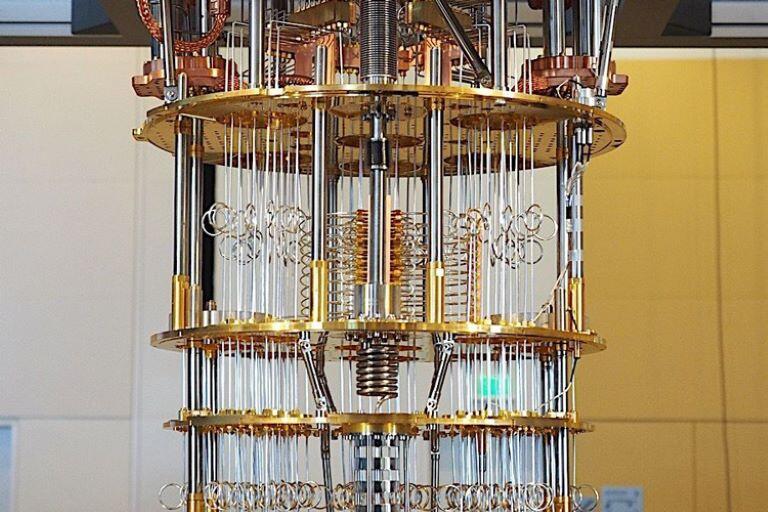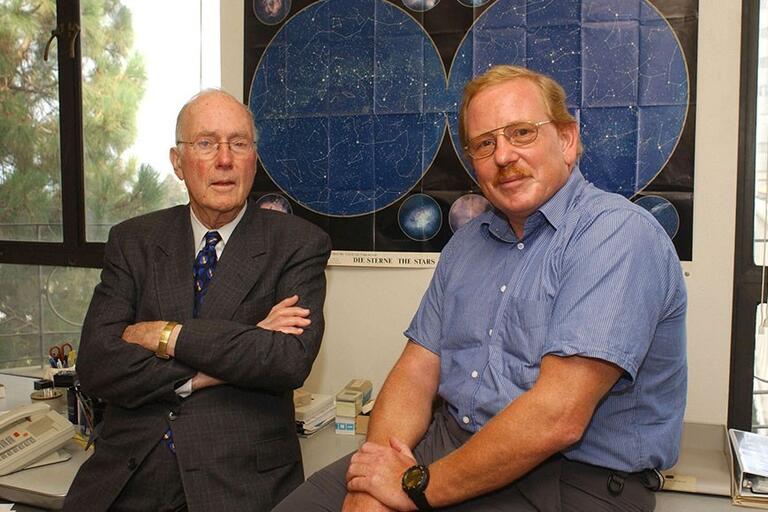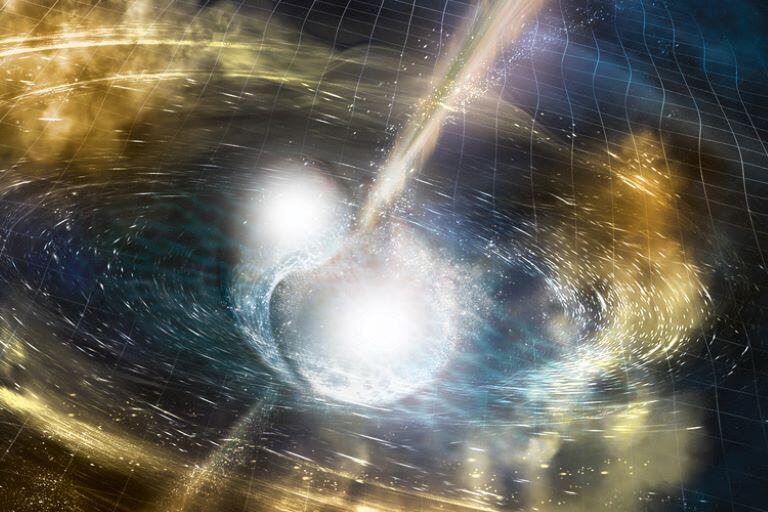The Division of Mathematical & Physical Sciences (MPS) has a stellar history of generating bold ideas that disrupt entire fields and revolutionize our understanding of the Universe and all it’s made of.
Physicist Luis Alvarez and geologist Walter Alvarez conceived the asteroid impact hypothesis to explain the end-Cretaceous mass extinction, revealing the role of cosmic forces and chance in evolutionary history. In the early 1970s, mathematics Professor S.S. Chern and his graduate student, Jim Simons, created the Chern-Simons Theory that is now being used, unexpectedly, in condensed matter physics. Chung-Pei Ma’s discovery over the last decade that supermassive black holes lurk in the centers of many galaxies in the universe. Saul Perlmutter’s studies of Type 1a supernovae determined the unexpected accelerating expansion of the universe. In many ways, Berkeley’s impact as an institution can be traced to such ideas and innovations.
From the study of climate change to computational biology, quantum information to cosmology, our scientists, postdoctoral fellows and students participate in discovery-driven research that generates both answers to existing questions and new questions to pursue about our Universe.
To explore the research being conducted in the division more deeply, please visit the websites of our departments: Astronomy, Earth & Planetary Science, Mathematics, Physics and Statistics










